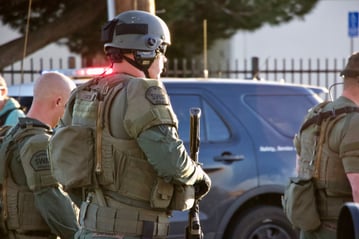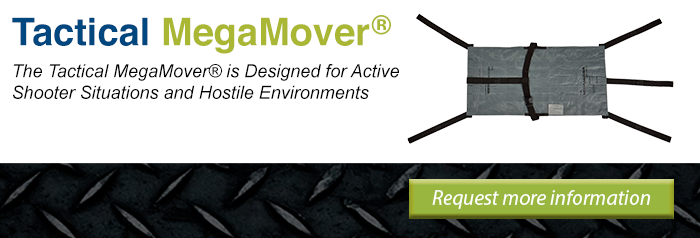 Mass casualty incidents perpetrated by active shooters are showing a disturbing upward trend. Statistics from 2009 to 2018 illustrate an increase in the number and severity of active shooter incidents.
Mass casualty incidents perpetrated by active shooters are showing a disturbing upward trend. Statistics from 2009 to 2018 illustrate an increase in the number and severity of active shooter incidents.
Unfortunately, there's no precise definition as to what constitutes a mass shooting. In 2015, Congress defined mass killing as three or more deaths. This is similar to the FBI's definition which defines a mass shooting as where four or more people are killed. These don't take into account injuries, and in most shootings, the number of people wounded equals or exceeds the number killed.
1: Mass shooter incidents are increasing
According to a Mother Jones report, there were 12 mass shootings in 2018, up from an average of three per year between 2009 and 2010. These exclude robbery and gang violence. Other sources, such as the Gun Violence Archive and the Mass Shooting Tracker, include every shooting incident where four or more people are killed or injured and report 340 and 426 deaths respectively in 2018.
2: Casualties are going up
The Mother Jones project reports the number of people killed and injured in mass shooting incidents increased from a low of 11 in 2010 to a high of 704 in 2017. In 2018, 150 people were shot. Over the last decade, 505 people were killed and 965 injured by active shooters.
3: 2017 was the worst year
In 2017, a total of 117 people died and 587 were injured.
4: Multiple guns
Most active shooters used multiple guns, often semi-automatics with a high rate of fire. Mostly, they obtained their weapons legally.
5: More than half had mental health issues
The Mother Jones data shows 57 percent had prior signs of mental health issues and 17 percent didn't. The mental health status of 25 percent was unknown.
6: Most shooters are male
Active shooters are predominantly male. Data collected by the Washington Post covering 162 shootings since 1966 shows all but three active shooters were male.
7: Their average age is 35
The majority of shooters are between 20 and 48 years old. A small percentage are in their teens and a few over 50.
8: Most common places are public areas
Mother Jones data shows 42 percent of shootings occurred in public areas, including open spaces, shops and restaurants. A further 33 percent were in workplaces, 15 percent were in schools and 5 percent in places of worship.
9: Worst incidents
There were four active shooter incidents with more than 20 deaths. In 2017, 58 people died and 500 were injured at an outdoor concert in Las Vegas. In 2016, 49 partygoers were killed in a nightclub in Orlando. At Sandy Hook Elementary school, 27 people, including 20 children, were fatally shot in 2012, and there were 26 fatalities in a 2017 shooting at the Texas First Baptist Church.
10: Semi-automatic handguns are the most common
The Washington Post reports 9mm semi-automatic pistols were the most common weapon. Long-term Mother Jones data from 1982 to 2012 shows semi-automatic pistols were used 50 percent of the time and revolvers 23 percent. Rifles were used 28 percent of the time.
From a first responder's perspective, any incident where people are killed or injured by unknown and unaccounted for gunmen should be treated as a mass shooting incident. Patient stabilization and fast evacuation are crucial both for their safety and that of responders. With the increase in active shooter incidents, first responders need the best tools for safe patient extraction and transport. The solution lies in the MegaMover® Tactical patient transport unit. This strong yet lightweight patient transport unit can be used by one or two first responders to carry or drag patients to safety. Additionally, its straps can be clipped to first responders' belts giving them the freedom to use their hands without endangering the patient. Contact us at Graham Medical to find out more.

